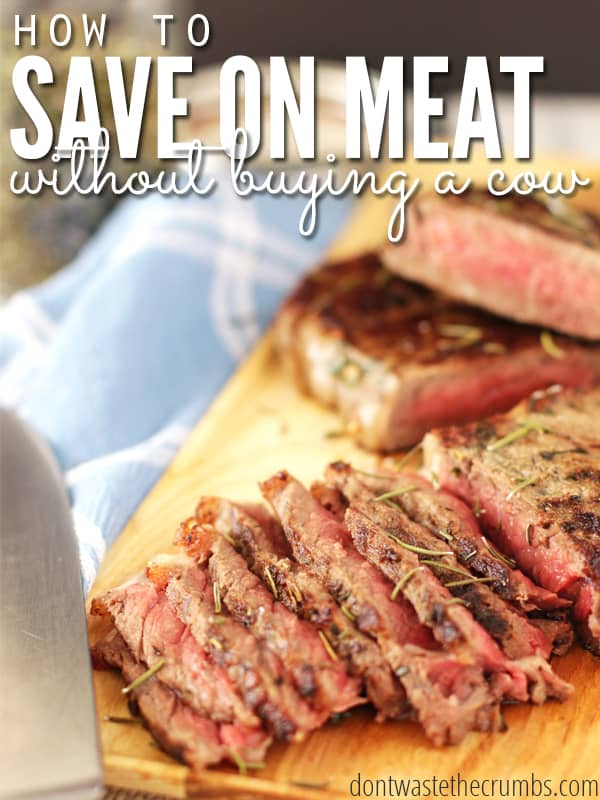
My freezer is itty bitty teeny tiny. So small, that we stopped making ice cubes (in trays) so that we could use that space for something more valuable… like meat! I would like nothing more than to buy a cow, save a bajillion dollars and see all the pretty cuts of beef lined up for my picking and choosing come dinner time.
But with my teeny tiny freezer, that’s just not gonna happen. “Oh just get a deep freeze Tiff – then you’ll have a place to store all the meat!” Trust me, that conversation has happened with Mr. Crumbs PLENTY of times, and it’s a dead end. I’m sure fellow wives (and husbands!) can relate to that one. Without a spacious fridge and no extra freezer anytime soon, I have to be creative when it comes to saving on meat – because there’s no way we’re buying a whole cow!
Even if I did have space for a whole cow, there’s other factors to consider too, like finding a trustworthy farmer and then paying for the whole thing up front. Neither one of these tasks is easy, so I’ve come up with a few work-arounds. These ideas balance the need for quality meat and the lack of storage space to hold it. And the huge cost up-front!
7 Ways to Save on Meat Without Buying a Whole Cow
(1) Shop around.
Whether you already have a trusted farmer in mind, or are shopping for one, the massive list of resources on this page can help you find a reputable farmer you can afford. Even when you find one though, don’t stop looking and shopping around. Make a phone call to a new farmer every month or two and see what they charge, how they raise their beef and generally how they run their system. It’s no different than keeping an eye out for better deals on groceries, so don’t assume your farmer has the best bang for your buck. Instead, call around and make sure he does (and do something about it if he doesn’t).
(2) Buy a half a cow instead. Or even just a quarter.
The point is that you don’t necessarily have to buy the WHOLE thing. Yes, that’s the most cost efficient option, but it’s not an option at all if you can’t store it! It’s also not an option if you can’t afford the cost of buying the whole thing up front. Buying meat from a farmer means paying for processing/butchering/packaging fees that we often don’t take into consideration when buying meat from the grocery store. Talk to your farmer about buying options, and be sure to ask about the additional fees so you’re fully aware of the end price.
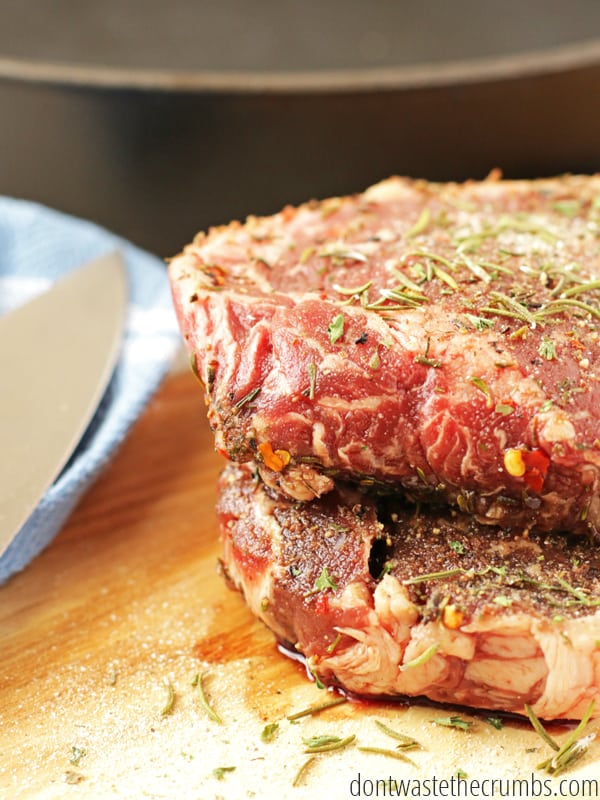
(3) Join a CSA.
Did you know that some farmers offer CSA options for meat?! I’ve seen two variations of this: where the traditional produce CSA offers meat, and where the farmer who raises cattle will store your portion of meat for you and deliver over the course of a few months. You decide which is the best option, but be sure to include the cost of storage, delivery and even gas (if you’re driving far, and often to pick up) into your calculations.
(4) Go in with friends.
A fantastic idea for either a bulk trip at a warehouse store OR if you do the half/quarter cow option OR any bulk purchase for that matter, especially if you’re feeding real food to just one person. Control your cost by adding more families into the mix, but be cautious about adding too many – you don’t want to fight over who gets what. You want to find that happy medium where families get their fill of ground beef and steak, and no heart or liver is left behind. Ideally, splitting the half between 2-3 families is best.
(5) Buy cheaper cuts of meat.
Good-bye filet mignon and hello chuck roast! Or better yet, eat more chicken. Pound for pound, poultry is the best bet for inexpensive meat and this applies to both organic and conventional. If you need pork or chicken, consider roasts that can be stretched into several meals and avoid the single-steaks whenever possible. Also consider using more ground turkey and less ground beef. This is especially helpful when you’re already over budget on meat, and you need to stretch your dollars. If you’re not sure which cuts are expensive and which are affordable, ask! Farmers and butchers don’t want the animal to go to waste and won’t be offended if you don’t want the primo cuts. Which brings me to my next point…
(6) Know your cuts of meat.
Get familiar with the different cuts of meat and you night notice something interesting: one cut of meat could be found with two different price tags according the name on the package! Pork shoulder and pork butt are the same, as are blade-end pork chops and country-style ribs, and chuck arm roast and chuck eye roast. One cut of meat is also known by different names depending on the region you live in AND depending on your farmer. Knowing the names can save you money for sure, but will also make it easier on you when you’re searching for a quality source of meat in the first place.
(7) Buy unpopular cuts of meat.
High demand means a higher price, so be unpopular and don’t buy what everyone else is. Unfortunately, there’s no guide explaining what’s popular and what’s not, so you’ll have to do the leg work and pull out your handy dandy price book to keep track of prices.

Options for Buying Meat Online
If you’re looking to improve the quality of your meat and are stuck without options in your area, consider US Wellness Meats, Grass-fed Traditions, and Butcher Box. US Wellness Meats US Wellness Meats offers a huge range of grass-fed meat: beef, bison, lamb, poultry, duck, pork, rabbit, and even seafood and dairy items. There’s a small selection of sale items and you can save more when you buy in bulk. Grass-fed Traditions Grass-fed Traditions (part of Tropical Traditions) also offer grass-fed beef, bison, lamb, and chickens, but they also have turkey, grass-fed cheese, and eggs. They run weekly sales on various items – just click on “weekly sales” on the right side of the page to see what’s on sale that week. Butcher Box Butcher Box offers high-quality grass-fed beef and pastured pork and chicken. You can read my full review and experience from them HERE.
The search for high-quality meat ends here. Amazing taste. Humanely raised and delivered to your door. Sign up today! Click this link to claim the current offer!
Butcher Box delivers grass-fed beef, pasture-raised and organic chicken, and heritage pork directly to your front door each month. You can read my honest review on Butcher Box here, and how we make Butcher Box affordable here to see if it’s the right fit for you!
source 1


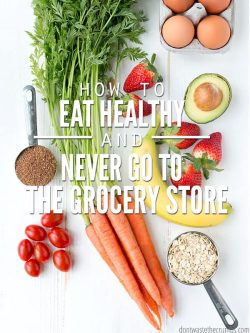
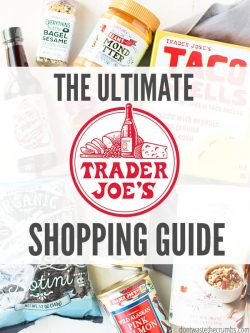
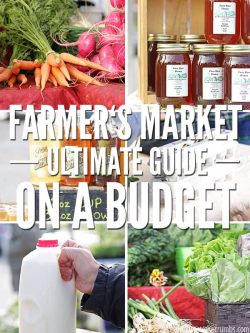

I’m soooo bummm, about Zacon ! My go to meat supplier for years ! I split it up between 3 families! Honestly when I go to the normal food center , your hoping for the best ! Up to 3- different prices for Chicken? Never new they sell green chickens till I went to local grocery stores !
You’re welcome Ashley!
thanks for the great ideas! i buy geound beef and chicken breasts from zaycon foods. the price and quality are fantastic! luckily we have a chest freezer and an upright freezer. another option i use for for storing meat is pressure canning. this is different from pressure cooking or regular canning. the nice thing about this method is that once the meat is processed, its fully cooked (recipe ready) and ishelf stable for up to 2 years. it does require specialized equipment but has been well worth the time, money and effort.
Tiffany, please tell Mr. Crumbs that the cost of a freezer will pay itself off in probably less than a year because of all the savings you’ll be able to make getting bulk packs of meat and other frozen foods. (We get packs of veggies from Sam’s too.) And it doesn’t have to be a fancy-dancy freezer — we’ve got ours in the garage where it’s right at home next to the stock of paper goods from Sam’s.
I think ours was from Sears, an upright model, and you can get one like it for about $350. At this point I don’t know what I’d do without it — we’re both retired, and Mr. Marion in Savannah has some heath issues so there are weeks when I can’t make it to the store. That’s when I “shop from the freezer” to keep us going.
Not that I’m advocating nagging, but…!
Totally agree about the freeze; it has saved us so much money! Also, I found a GREAT little freezer for 50 dollars on Craigslist, so, that was just too cheap to pass up! Now, we have 3 freezers! They are great investments, but I do agree with the “no nagging” rule too! God bless!
Finally!! someone who understands my freezer dilemma!!! although, my husband is totally OK with us having a freezer… we just can’t fit it into the apartment! Thanks for these tips – I’m bookmarking this page so I can study it! I have looked at the meat CSA’s in our area… the smallest packages are still too much meat for just my husband & me ~ I’m afraid we wouldn’t eat it all fast enough from week to week…
Do you have a friend with a freezer? It’s possible that someone you know would let you “borrow” some space in their freezer.
This is in response to Martha’s questions about her soon-to-be very restricted diet; my diet is very similar to what you described, the differences for me are that I am completely grain-free, and also do not eat nuts, seeds, beans, high-starch vegetables, or fruit. (It’s temporary; going through a candida cleanse, and yes, it’s rough, I won’t lie!) So I essentially eat lots of fish, chicken, the occasional bit of red meat, and LOTS of green vegetables! (Also grass fed butter and coconut oil for good fats…yum) I have found that for the amount of meat I go through, roasting a whole chicken is THE most economic choice for meat consumption. Picking the carcass CLEAN means I can use the meat in a variety of ways (although my default is just with some steamed greens and a little butter and sometimes lemon juice, the only fruit I can tolerate right now), and make yummy and nutritious bone broth.
The other super affordable option I use frequently is chicken livers that I get at whole foods; it’s something like $3.49/LB, and I usually get four servings or more from one pound.
Red meat is not something I crave often, I think since I started eating liver, but every now and then I’ll get ground bison.
Don’t know if you have a Costco near you, but they offer a few good real food/organic options for both meat and produce. (Although I have found that where I live, Tucson AZ, the best price for mixed organic greens is Trader Joe’s, would not have guessed that initially!)
It’s helpful to have a general, or even better a specific, idea of what stores offer which items and their general prices. I’ve recently started keeping better track of all that since I am single, don’t make lota of money, AND have health challenges that require the best food I can give myself. I hope some of this was helpful, and I wish you the best!!
Melanie
We visit a local butcher shop usually quarterly and buy one or two of their ‘package’ deals, rather than whole/quarter cow/pig. I do have the luxury of a smaller chest freezer. Price and quality are much better than the local grocery store. The ‘package’ deals offer more variety, including beef, pork, and chicken. Ask your neighbors for recommendations. We drive to the butcher shop a couple towns away. We do have a butcher shop in town, but their quality and prices are nowhere near as good as the other shop. The shop we use has much more business, so their meat is much fresher.
we use Zaycon foods for our chicken breasts. You might just note that while Zaycon is amazing for the price you do have to process the meat once you get it home. By process I mean rebag it into smaller easier portions as it comes in one giant box all lumped together. Which is great because as I place it into bags for vacuum sealing I can cut into strips, chunks, ect which saves time in cooking day.
I am about to have several issues with buying meat, produce, etc. I am a widow, and live alone. I barely make enough money to get by. AND, I am about to start a diet that is very restrictive: free of gluten, dairy, sugar and sweeteners, soy, corn, peanuts and eggs.
I know that there is a local beef operation, which means it is pretty close to me. Buying organic produce can be a real challenge, especially in the winter. (I live in northern Indiana.)
I have opened several of the links that are in this post, so that I can explore some of the options, and maybe find places that I can frequent even in the winter.
I would be interested (and thankful) to have your input about how I can pull this off. I’m thinking I may have to do just regular produce, at least until I figure out what my costs are. At the grocery, I will only be shopping in the produce department, as all the rest contain ingredients that are off the list.
Thank you for your commitment to real food and helping others understand how and why we would benefit from following your lead.
Martha
The Environmental Working Group publishes a list of produce that is the least contaminated by pesticides and chemicals (the “clean fifteen” I think) and those most likely contaminated (the “dirty dozen”).
If you shop from the “clean” foods at your regular grocer you can save money to put towards the produce that you want to eat organic (that dirty dozen).